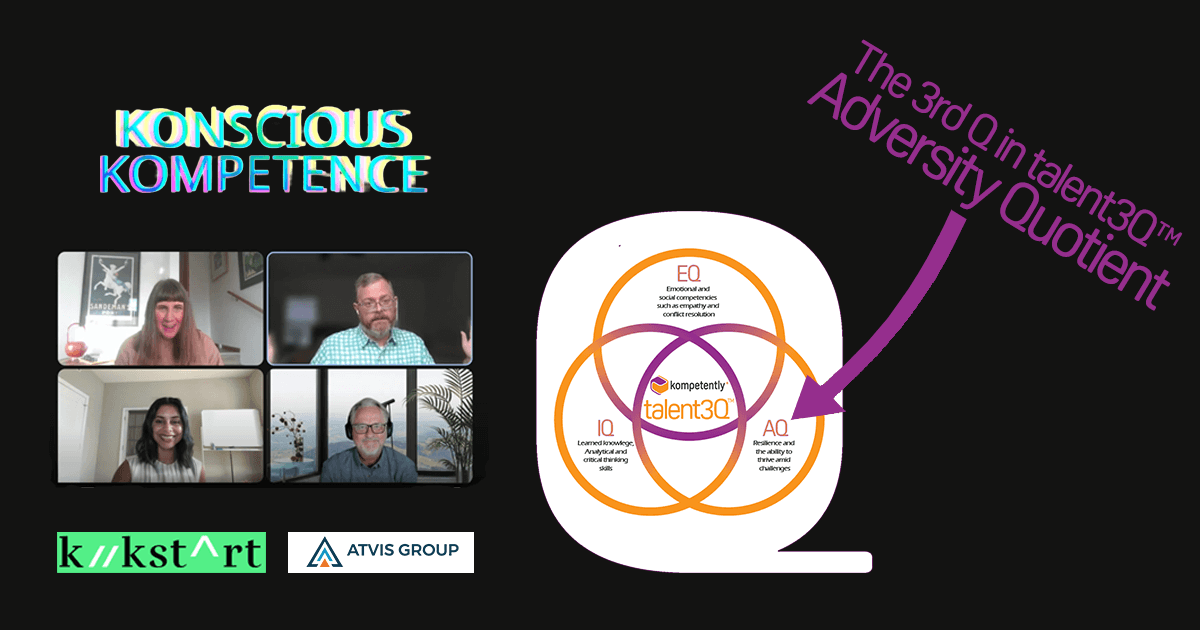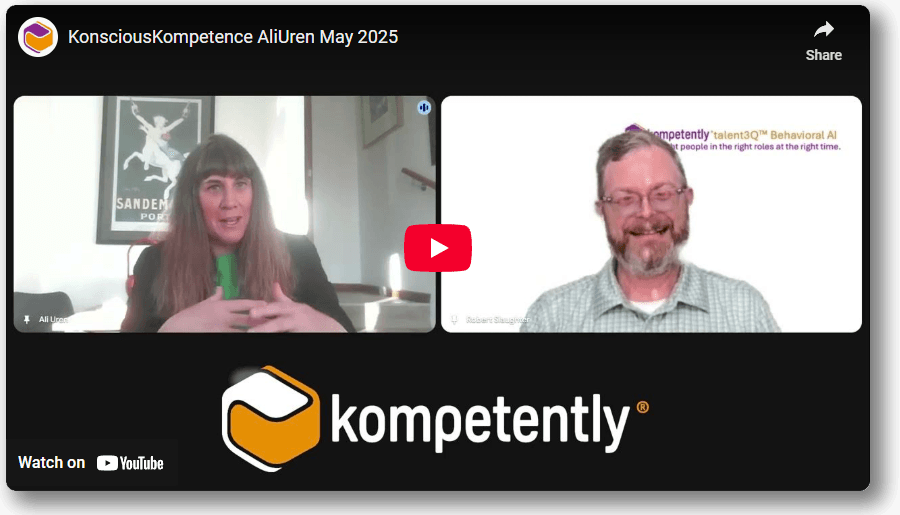Navigating Change with Confidence
All Management is Change Management
Equip yourself with the skills and strategies needed to lead your organization through transformative times.

Guest Blog Post
Mark Savinson, CEO Strategy to Revenue
I’m dedicated to developing high-performance DNA across organizations, teams, and individuals across diverse industries. While my recent history is in sales transformation, my roots are in learning and development having always been involved in the creation of engaging, impactful learning content for a wide range of roles and sectors.
Key areas of expertise:
- Identification and deployment of competency models to drive talent acquisition, development, and retention.
- Custom e-learning content development for various industries.
- Self-paced and enterprise-wide learning programs.
- Comprehensive change management – particularly for sales-led organizations.
- Performance optimization strategies.
- Buyer-centric business approaches.
There are so many truisms bandied around these days, from “change is inevitable,” “adaptability is essential,” “change starts at the top,” and, of course, “communication is key.” We use these phrases as if they are something new, but change is hard-coded into our DNA and also that of businesses. The reality is that only the fittest survive, and some form of evolution has and will always occur.
So, has anything changed?
Yes, the pace of change – think about this – it took the telephone 75 years to reach 50 million users, but it took the internet just 4 years. Similarly, smartphones achieved this milestone in a mere 3 years.
As businesses, we are now faced with decisions that have to be implemented quickly, or we might miss the wave. So, let’s use the concept of a wave to examine our challenge.
Navigating the Waves of Market Change
I would not be able to hold my head up high in the world of LinkedIn posts if I did not describe us having to deal with “the dynamic landscape of modern business.” However, if you care to describe our challenge, we have to carefully navigate the waves of change with agility and strategic insight. Let’s make this easy and think about operating in a marketplace as a vast ocean, where opportunities and risks emerge like formidable waves crashing onto the shore. These waves are propelled by factors such as technological advancements, shifting consumer preferences, and global trends, creating a sea that is choppy and unpredictable. The reality is we all feel a little queasy as our boat (or ship, depending on the size of the organization) heaves, sways, surges, rolls, pitches, and yaws. It is so challenging we all reach for our Kwells (other motion sickness tablets are available).

But there is good news: rather than being at the mercy of the waves, we can swiftly identify and capitalize on these opportunities and overcome these risks. We can surf the wave of change. Like a surfer, we must maintain constant vigilance, scanning the horizon to paddle and catch the optimal wave at just the right moment. Hesitation or poor judgment can result in missing the wave entirely, leaving the surfer adrift or mired in turbulent waters.
Clearly, if we are to embrace change the way surfers embrace waves, the speed of decision-making is paramount. Managers must be poised to act decisively when an opportunity arises. Delayed responses or protracted deliberations can result in missed growth prospects or lost competitive advantages. Leaders and senior managers are called upon to exhibit both strategic vision and prompt execution, ensuring their organizations are positioned to leverage emerging trends and innovations. First-line managers have to ensure that the execution is effective and provide constant feedback as to the impact of that decision.
The accelerated pace of change in today’s business environment necessitates a proactive stance. Much like a surfer honing their skills and staying attuned to the changing conditions of the sea, we, as business leaders and managers, must foster a culture of adaptability, continuous learning, and readiness. By doing so, we can harness the momentum of change and propel ourselves toward sustained success.
This all sounds straightforward, but sometimes, when confronted with lots of waves, we lose sight of the fact that we must recognize we can only be successful if we are laser-focused on prioritizing which wave we wish to follow and then managing and implementing the change effectively.
The role of the manager is not to drive operational activities (hit target, improve NPS, achieve the KPIs), most of which involve monitoring the past. In our choppy sea, we have to look forward and ensure we maximize the value of the next wave. This means thinking about whether our teams are equipped with new knowledge and skills, we have the process and tools in place to support them, and whether they are motivated to behave differently. Fortunately, we have a name for all of this: change management.
The core of change management is understanding how people react to the news that they have to do something different, how we get them to learn what they have to do differently, and how they turn this into new behaviors that become the new normal.
In essence, our new reality is that due to the speed of change, managers have to become change managers who not only make swift, informed decisions but who then prioritize the process of embedding the resultant new activities in the organization so they become business as usual.
Impact of Organizational Factors on Change Management
- Change Driven by Organizational Factors 75%
- Change Driven by Individual Actions 25%
- Organizations with Strong Culture Succeed 60%
%
Key Statistics on Change Management
Is it all About the Manager?
Unless you live in either the MCU or DC universe, it is highly unlikely your managers are superheroes, so the organization needs to be at the center of supporting this change. Don’t take my word for it, Thomas Gilbert developed a Behavior Engineering Model that explained that 75% of change is driven by organizational factors, including systems, processes, and management practices, while a mere 25% is attributable to individual actions and behaviors.
Thomas Gilbert, a notable figure in the field of performance improvement, posits that approximately 75% of change is driven by organizational factors, including systems, processes, and management practices, while 25% is attributable to individual actions and behaviors. His research emphasizes the significance of organizational structure and culture in facilitating effective change. In short, the environment we work in has a much greater influence on what we do and how we perform than most of us believe. Change has to start with having the right environment, even if you appear to have highly skilled people. This may explain why the best surfers tend to come from places like Hawaii and Australia and not Austria and Switzerland.
If you want a LinkedIn favorite to remind you of the accuracy of Thomas Gilbert, remember, as Peter Drucker stated, “Culture eats strategy for breakfast.”
Gilbert’s work, particularly his Behavior Engineering Model, underscores the idea that environmental factors within an organization play a crucial role in influencing performance outcomes. By focusing on optimizing these factors, organizations can create a conducive environment for change and innovation, thereby enhancing overall effectiveness.
All Management is change management - but it will only be successful if the culture is right.

I believe everyone agrees that change is inevitable, agility will be the core to success, and yes, Managers will be the core to success in managing the change. But, and it’s a big but. Success (at least 75%) will be driven by how ready the organization is for change. Does it have a culture that embraces diversity of thinking, encourages ownership at all levels, supports continuous development, and embraces the chaos of technological change at speed?
Before you start putting your managers on the spot, put your organization under the microscope and check it has the foundations in place to support the change coming.
Want to understand the state of your business? Kompetently can help you assess your readiness for change.
Core Components
Effective Change Management
Strategic Vision
Develop a clear and compelling vision for change that aligns with organizational goals.
Decisive Leadership
Empower leaders to make swift, informed decisions to capitalize on emerging opportunities.
Continuous Learning
Promote a culture of ongoing education and skill development to keep pace with industry changes.
Employee Engagement
Encourage active participation and ownership among team members to drive successful change initiatives.
Robust Processes
Implement structured processes and tools to support and sustain change efforts.
Feedback Mechanisms
Establish channels for continuous feedback to monitor progress and make necessary adjustments.
Organizational Support
Create an environment that supports change through effective systems, processes, and management practices.
Cultural Alignment
Ensure that the organizational culture embraces change and fosters innovation.
Ready to Embrace Change?
Assess your organization’s readiness for change with Kompetently. Our comprehensive evaluation tools and expert guidance will help you navigate the complexities of change management effectively.





